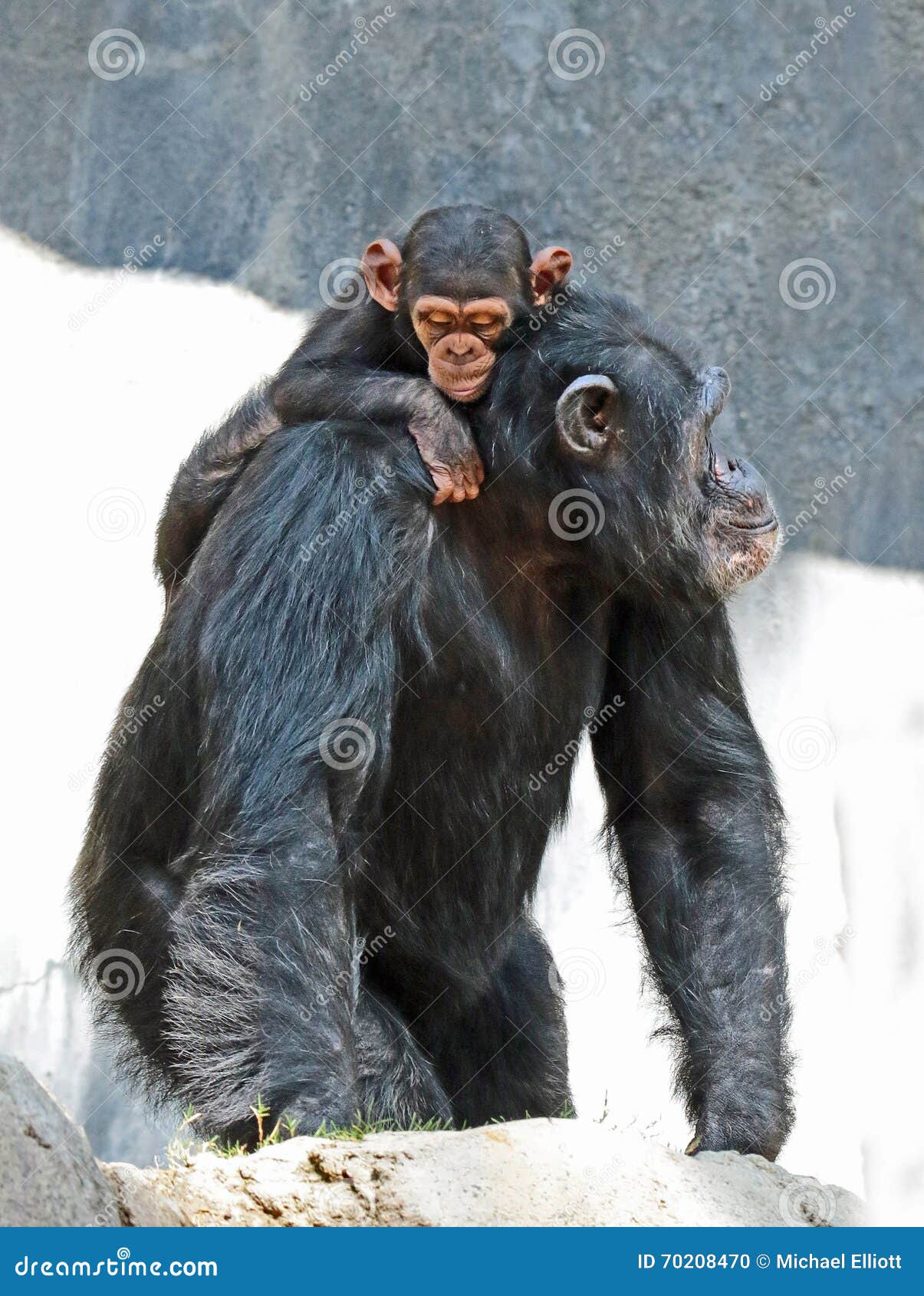
The same analysis was applied to compare groups within each species to test the “cultural” variation aspect of the gestural flexibility hypothesis according to which the usage of gestures should vary from group to group, whereas the usage of facial/vocal displays should be culturally invariant. 3 illustrates the higher Z values for most facial/vocal signals compared with gestures. A comparison between both signal categories yielded a significant difference in the predicted direction (two-sample t = 3.55, df = 11, P = 0.0025, one-tailed). Facial/vocal signals showed significantly positive Z values (one-sample t = 3.22, df = 4, P = 0.016, one-tailed), but not gestures ( t = 0.65, df = 7, not significant). Given Z's approximately normal distribution, Z values were compared by means of t tests. For statistical comparison and graphing, the r values were converted to Z values (Fisher's r-to- z conversion). For each signal, we calculated the Pearson correlation between both species with regard to the number of times the signal occurred across seven behavioral contexts ( Table 2). Using behavioral context as a proxy for usage and function, the comparison was limited to signals present in both species and performed more than five times by each (i.e., eight gestures and five facial/vocal displays). As above, the analysis focused on variation in behavior rather than individual performers.

Individual walks with, runs with, or follows another, or walks or runs away from another also includes signaling to another to induce movement with or away from signalerĪccording to the gestural flexibility hypothesis, the way signals are used should vary more for gestures than facial/vocal displays. One individual mounts another, stimulates another's genitals with hand or mouth, or rubs own genitals against another's genitals, or invitation to engage in sex by signaling to partner through exhibition of genitals by spreading legs or presenting hindquarters

Individuals wrestle, chase, and/or tickle each other in nonagonistic, relaxed manner invitation to play by running toward and away from another and/or communicative signals
BACK OF CHIMPANZEE HAND SKIN
Using one or both hands individual pushes another's hair back with the thumb or index finger and picks at the exposed skin can give or receive or perform on self invitation to groom by staring, approaching, and/or signaling Gathering and/or eating food anticipating food when provision is imminent, as evident from arrival of caretakers with food competing for food by way of grabbing, pulling, picking up parts, and or begging simply a keen interest in other's food by way of staring or peering nursing Individual performs or receives aggressive behaviors such as bark, grunt, chase, hit/punch, bite, flee, or scream situations where no clear agonistic behaviors are present but there is clear conflict reconciliation and support behaviors such as two individuals engaging in friendly body contact while at least one of them seems distressed, frightened, or hurt can be between either aggressor and victim, or between victim and third individual, as well as individual supporting another who is involved in agonism with opponent Nonagonistic body contact, or invitation for body contact by staring, approaching, and/or gesturing to another greeting behaviors such as between individuals who were not previously in contact and can include pant grunt, embrace, head bob, and/or gentle touch

Moreover, bonobos showed greater flexibility in this regard than chimpanzees and were also the only species in which multimodal communication (i.e., combinations of gestures and facial/vocal signals) added to behavioral impact on the recipient. Both within and between species gesture usage varied enormously. It was found that homologous facial/vocal displays were used very similarly by both ape species, yet the same did not apply to gestures.
BACK OF CHIMPANZEE HAND MANUAL
The study distinguished 31 manual gestures and 18 facial/vocal signals. Subjects were two captive bonobo groups, a total of 13 individuals, and two captive chimpanzee groups, a total of 34 individuals. We tested whether gesture is the more flexible form of communication by measuring the strength of association between signals and specific behavioral contexts, comparing groups of both the same and different ape species. The present study aimed to contrast brachiomanual gestures with orofacial movements and vocalizations in the natural communication of our closest primate relatives, bonobos ( Pan paniscus) and chimpanzees ( Pan troglodytes). The natural communication of apes may hold clues about language origins, especially because apes frequently gesture with limbs and hands, a mode of communication thought to have been the starting point of human language evolution.


 0 kommentar(er)
0 kommentar(er)
